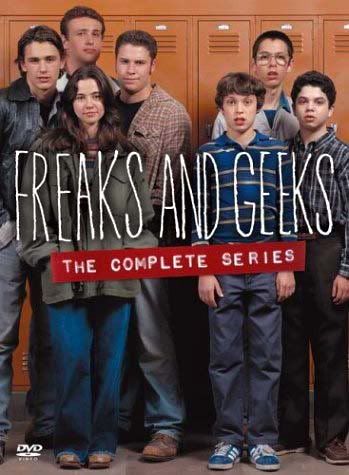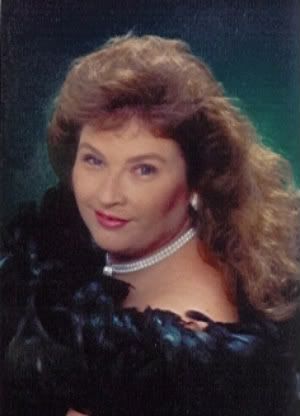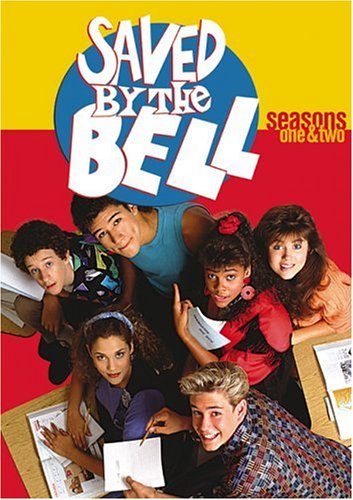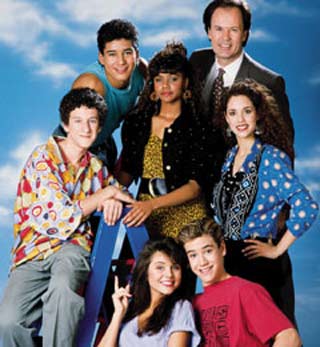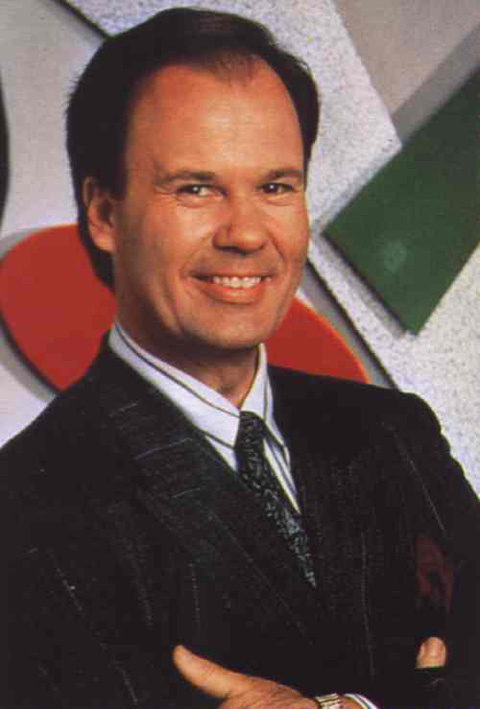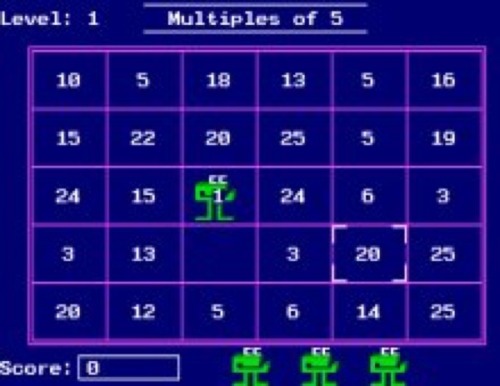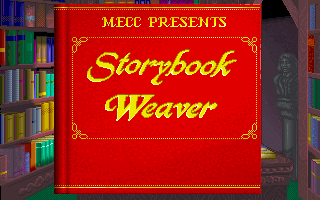
In an age before high stakes online Texas Hold 'Em and the Wii World Series of Poker, it didn't take such a steady stream of ceaseless technology to hold our attention. As kids, we didn't even need to have any cash at stake to enjoy some good old fashioned gaming. A deck of cards from the dollar store was usually more than enough to keep us going for hours at a time. Depending on how traumatizingly competitive your friends were, you could get locked in playing card rematches for days. After all, they called it War for a reason.
By no means did children in the 90s invent any of these card games--far from it. We were a generation still easily engaged and entertained by the same games that had kids for decades before us. Sure, we loved our Gameboys and Sega Geneses*with as much devotion as kids today value their Nintendo DSes or Wii consoles, but we were also pretty satisfied playing a simple card game. As long as it had all of the necessary prerequisite components--rapid hand movements, quick thinking, overarching competition, the potent power to shame one of our unsuspecting and easily agitated friends--we were captivated.
Our favorite games went by many names, but the rules were usually the same. I always marveled at the manner in which these rules were transmitted from generation to generation, kid to kid. Most of us couldn't remember ever learning the rules, but we usually excelled in the arts of slapping jacks and dumping our Speed stockpiles all the same.
Spit/Speed

If you've got exemplary fine motor skills, this is the game for you. Those kids that couldn't hold their scissors right (er, me) always lagged behind in this race against your card-letting opponent. In Spit, both players have five mini stockpiles of card with the top one face up and a hand of Spit cards. In preparation for many office-drone days spent mastering computer solitaire, each player would try to use their available cards to put down the next card in ascending or descending sequence to the card face-up in the middle pile. Sound complicated? It is. I'm still not sure I understand it after that mediocre description.
Once neither of you could play any cards, you could yell "Spit!" and turn over some new cards. It was usually a battle of who was quickest, which is why the other version is more aptly named Speed. What kind of a name is Spit, anyway? In Speed I actually had a prayer of winning because my far-faster opponent couldn't see my cards, but I usually still lost every round regardless.
War

Whoever dreamed this one up no doubt aimed to give it the most bad-ass name to belie its incredible simplicity. Two players have a pile, you each flip up your top card, the one with the higher card takes both, first with all the cards wins. Sounds simple, until you get into a war. That's right, a war. Sounds scary, right? Some hand-to-hand combat, perhaps, or maybe some friendly fire?
You think those things sound warlike, wait till you hear this: you put three cards facedown and one up. The one with the best top card wins it all. I know, I know. Heavy stuff. If you get lucky, you can keep warring until someone wins a massive pile of cards and their opponent pouts in shame. It's all pretty intense, so I'll give you some time to let it all sink in.
Slapjack

I once played this game with a kid who called it "Heart Attack", which I thought was kind of cute but mostly tragic. I prefer Slapjack, which is kind of violent but mostly tasty. Everyone goes around and puts a card on the pile and nothing happens. For many, many rotations. Fun, right? Then, a jack is played, and the fun begins! By fun I mean attempting to slap the deck while more likely inadvertently taking out one of your fellow players. The likelihood of this game to end in injury is extremely high, and chances are even higher that this injury will lead to both tears and tattling.
Go Fish
 This one is an old standard, so I felt compelled to leave it in despite the fact that it's not the most exciting of cardgames. I used to like it because we had a special deck of cards with different kinds of fish on it, so instead of asking if you had any threes I could instead inquire as to your possessing any Terry Tunas. It was a fleeting thrill, though, because the game is pretty much only exciting if you're 8 years old or younger. It goes a little something like this: whoever ends up with the most pairs wins. Try to contain your excitement.
This one is an old standard, so I felt compelled to leave it in despite the fact that it's not the most exciting of cardgames. I used to like it because we had a special deck of cards with different kinds of fish on it, so instead of asking if you had any threes I could instead inquire as to your possessing any Terry Tunas. It was a fleeting thrill, though, because the game is pretty much only exciting if you're 8 years old or younger. It goes a little something like this: whoever ends up with the most pairs wins. Try to contain your excitement.Egyptian Ratscrew
The name of the game never phased me as a kid, but really, what? I don't get it. After conducting some diligent research (read: Wikipedia. I do.) the origins of the name remain a mystery. No matter where it picked up the quirky moniker, this game defies categorization.
ERS is, in technical terms, an infinitely more awesome version of the game Slapjack. Don't believe me? Take a break from delighting in your daily dose of nostalgia and go play Slapjack. Now go play Egyptian Ratscrew. Consensus? The level of awesomeness doesn't even compare. It's like comparing Jacks to Aces, which if you play Egyptian Ratscrew you know to be impossible. Jacks are far superior. And so is Egyptian Ratscrew.
It's an indubitably complex games, but here's a subpar summary: everyone gets an equal portion of the fairly distributed deck. You go around in a circle putting a card each face-up on the center pile. Any face card or ace is something of a trump card, bringing you one step closer to ownership of that hefty middle pile. You've got an opportunity to present a trump card of your own, too: for an ace four chances, a king three, a queen two, and a jack one.
There's also many variations of pile-slapping involved, most commonly in the arena of double cards in the middle pile. Slapping can be assigned to other rarer and more delicious anomalies, like sandwiches. This tends to get pretty competitive, resulting in worst-case scenarios like broken fingers, ring-related maimings, and severed friendships. Don't worry, though. It's still awesome.
BS/Doubt

This is a game that teaches children two valuable skills for their future casino gambling experiences: bluffing and swearing. In brief, you go around in the circle and have to put down cards in sequence. You get to put them facedown, though, which means you can lie your head off. One time I got busted trying to put down five queens. Five queens. True story.
If you think someone is lying, you can typically yell "Bullshit!" or in more PG cases something like "Doubt!" or "Bluff!" Those don't really pack the same punch. You're trying to get rid of all of your cards, so you'd want to dump as many as possible on each turn. If you get caught BSing, you have to take the pile. If you wrongfully accuse someone of BSing, you take the pile. It generally leads to a lot of heated arguments, and, appropriately, swearing.
Asshole
Speaking of swearing. This is apparently the Americanized version of the Japanese game Dai Hin Min. Really? Dai Hin Min** to Asshole? No wonder people scorn the Americanization of things. It's pretty brutal.
The game involves different rankings, usually called something like president, vice president, treasurer, and asshole. You might not know it, but that's the actual line of succession we use in this country for ascendance to leadership. You better hope nothing happens to that treasurer.
It's kind of complicated, but the gist of it is that you try to get rid of all your cards and, like in real life, holding a higher office affords you certain privileges. I recently discovered that this game is also commonly played as a drinking game, so I'm gonna get on that and let you know how it goes. It sounds pretty promising.
Spoons/Pig

My boyfriend and I had a disagreement about whether or not this game existed, as he was about 87% positive I had just made it up. Luckily in this age of information technology, the internet confirmed what I often suspect to be the case: that I am right. He graciously conceded and I tried to explain the game to him but he still found it to be completely ridiculous, which is probably true. If any of you out there have played it, though, back me up on this one.
You start with four cards apiece and start passing cards around the circle with the goal of getting four of a kind. It sounds simple enough, but it gets incredibly frustrating, particularly after you let that queen go and then three more went by and you're collecting twos and you're almost positive that girl across the circle is too. Really, tempers are flaring here. Once one person has achieved four of a kind, they grab a spoon from the pile in the middle, or touch their nose, or stick out their tongue, or perform whatever pre-agreed upon notion signifies their achievement.
There's always one person who's too caught up making their four-set that they miss out on it entirely and are thus publicly shamed as the loser. I'm not sure if the bitterness translates that well over the internet, but suffice it to say I've been in that situation many, many times, and it's pretty embarrassing. It's like your ultimate fear: everyone is looking at you and mocking you and you have no idea. Scarring.
Enjoy your weekend, children of the 90s! I give you full license to practice any of these as weekend drinking games, feel free to report back on Monday on how that went. I think there's some serious potential here.
*I'm sorry, is that the plural of Genesis? Geneses? Genisises? Someone help me out here.
**Translation: Poor Man. I told you the Americanized version was worse, but I just thought I'd add a supplemental footnote in case any of you innocently pondered if Dai Hin Min translated literally to "asshole"













